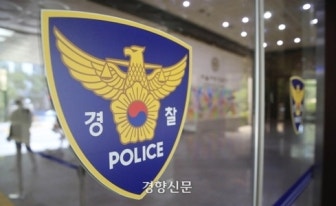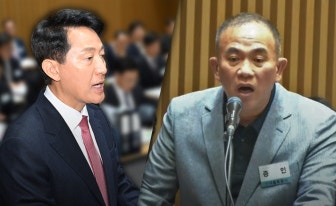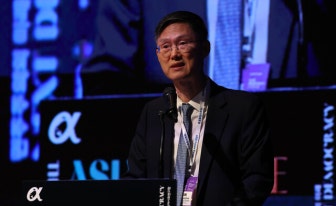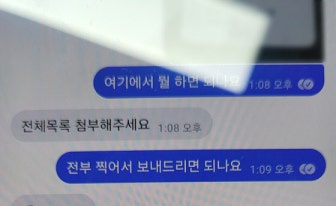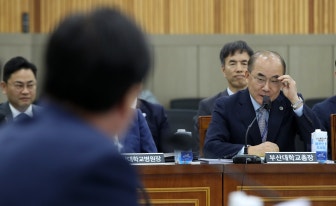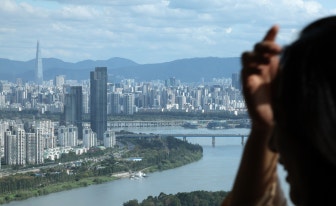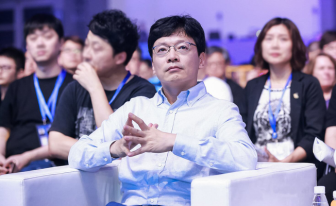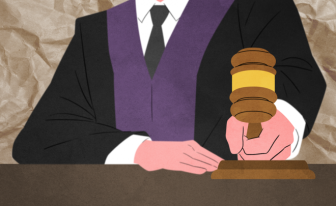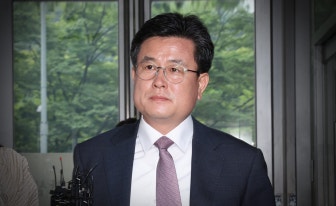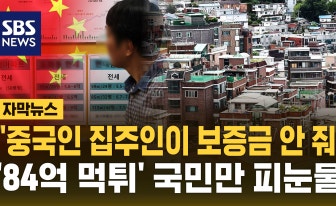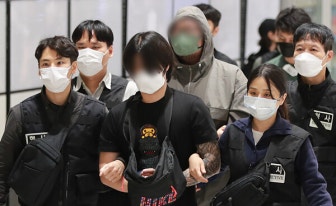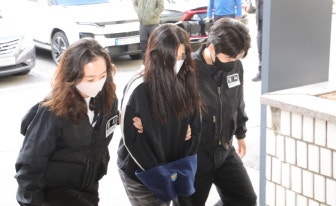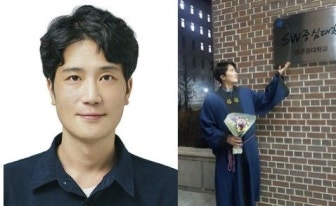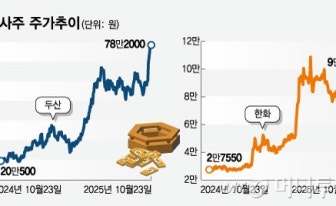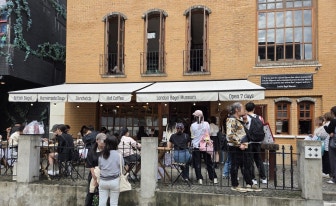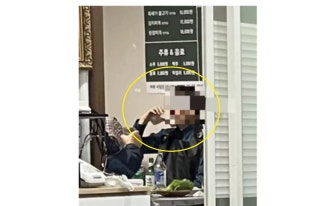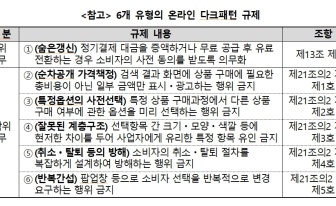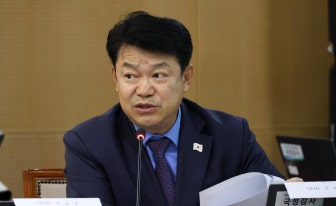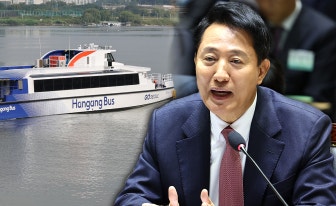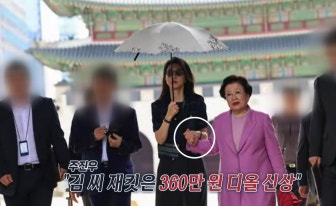In honor of the Korea JoongAng Daily's 25th anniversary, we present a series of in-depth feature stories tackling the complex challenges Korea faces today. This edition delves into how Korea can navigate changes in its regional security environment that are being driven by pressures from both allies and adversaries. — Ed.
As strategic blocs in East Asia harden — with a U.S.-Japan-South Korea alignment on one side and a North Korea-China-Russia axis on the other — South Korea finds itself under growing pressure to clarify its stance.
During a visit to the United States in August, President Lee Jae Myung acknowledged that Seoul’s longstanding foreign policy formula — “security with the U.S., economy with China” — is no longer tenable.
“At this point, such a framework cannot be sustained,” Lee said, signaling a tilt toward Washington not just in defense, but also in economic policy. The remarks marked a sharp departure from pre-election expectations that Lee would lean toward Beijing.
He reinforced the message by skipping a major Chinese military parade last month — a contrast to former conservative President Park Geun-hye, who drew criticism from Washington when she attended a similar event in Beijing a decade ago.
The decision, analysts say, was aimed at avoiding any appearance of alignment with China. But the show of unity between Chinese President Xi Jinping, Russian President Vladimir Putin and North Korean leader Kim Jong-un in Beijing — which was underscored by the attendance of Chinese Premier Li Qiang and Russian Security Council Deputy Chairman Dmitry Medvedev at a ceremony in Pyongyang to mark the 80th anniversary of the founding of the North’s ruling Workers’ Party on Oct. 9 — have only highlighted Seoul’s geopolitical vulnerabilities.
Flexibility or fracture?
Analysts suggest Lee’s foreign policy is being shaped as much by structural forces as by personal convictions. Externally, growing military cooperation between Pyongyang and Moscow, U.S. export controls, and Washington’s expanding security architecture in the Indo-Pacific are all drawing Seoul deeper into America’s strategic orbit. Internally, rising anti-China sentiment and demands from South Korean industries for greater predictability are narrowing Lee’s room to maneuver.
Yet, tensions within the alliance itself are beginning to show.
At the heart of the unease is Washington’s push to “modernize” its alliance with Seoul. That includes calls for higher South Korean contributions to defense costs, expanded roles for U.S. Forces Korea (USFK), and greater involvement in regional security — particularly concerning Taiwan.
Speaking at a symposium in May, Gen. Xavier Brunson, commander of USFK, described South Korea as a “fixed aircraft carrier” near China, arguing that U.S. troops must be “ready, relevant and able” to take on broader missions beyond deterrence on the Korean Peninsula. The following month, acting U.S. Ambassador Joseph Yun echoed that message, calling for an alliance that reflects “the demands of today’s strategic environment.”
The rhetoric has not gone unnoticed in Seoul.
“It is true the United States has demanded flexibility for USFK,” President Lee said while traveling from Tokyo to Washington in August. “But this is not an issue we can easily agree with.” His comments reflected longstanding South Korean anxiety about being pulled into a potential conflict with China.
“The modernization of the alliance means it is no longer confined to peninsular defense but tied to global strategic competition,” said Yu Ji-hoon, a research fellow at the Korea Institute for Defense Analyses. “Korea cannot be entirely free from U.S.-China conflict, but the key is not to avoid entanglement — it’s to manage it wisely.”
Economic friction is adding to the strain. U.S. President Donald Trump claimed in July that South Korea contributes “very little” to the cost of the U.S. military presence and demanded steep increases in defense spending. He also threatened to impose 25 percent tariffs on Korean exports unless Seoul meets a proposed $350 billion U.S. investment target — still under negotiation.
These pressures are testing the limits of President Lee’s vow to pursue what he calls “pragmatism guided by national interest.”
Sung-yoon Lee, a principal fellow at the Sejong Institute, said South Korea should be open to the U.S. push for a broader alliance if it results in more concrete security guarantees.
“That could include expanded weapons support, stronger extended deterrence, or even the redeployment of U.S. tactical nuclear weapons, should troop numbers on the peninsula be reduced in a Taiwan contingency,” he said. “It’s not in South Korea’s interest to simply refuse U.S. plans.”
From ambiguity to alignment
When President Lee took office in June, many expected him to strike a more balanced approach between Washington and Beijing. He had previously criticized former President Yoon Suk Yeol’s overt alignment with the U.S. and Japan, warning that trilateral drills risked provoking China.
But four months into his presidency, Lee has made only symbolic adjustments to Yoon’s policies.
He declined an invitation from Beijing to attend a ceremony marking the 80th anniversary of Japan’s defeat in World War II. Instead, he undertook his first post-election overseas visits to Tokyo and Washington in August.
That month, he met Japanese Prime Minister Shigeru Ishiba and pledged to honor agreements on wartime historical disputes — agreements he had once publicly denounced. He also reaffirmed trilateral cooperation with the U.S. and Japan, suggesting that his brand of pragmatism is more about continuity than course correction.
“Unlike in the past, when disputes with Tokyo were often politicized, today’s structural realities—North Korea’s nuclear threat, the U.S.-China rivalry, and supply chain instability—make Korea-Japan cooperation unavoidable,” said Yu. Lee’s repeated meetings with Ishiba, both immediately after his election and again in September, “show his willingness to strengthen Northeast Asian security cooperation.”
Future drivers of South Korea’s economic growth — semiconductors, AI, and defense tech — are deeply tied to U.S.-led industrial and technological ecosystems, Yu added. “Even under a pragmatic approach, Seoul inevitably has to deepen cooperation with Washington.”
Where Lee has diverged from his predecessor is in his tone toward North Korea. In a speech before the U.N. General Assembly last month, he shifted from the prior administration’s “three-stage denuclearization” framework — freeze, reduction, and dismantlement — to a more ambiguous call for a “halt.”
“Talk of a freeze implies inspections and verification,” said Sung-yoon Lee. “A halt is deliberately vaguer. It leaves room for a diplomatic opening, even if Pyongyang hasn’t shown any willingness to engage.”
Between accommodation and autonomy
Domestically, President Lee faces mounting constraints. Anti-China sentiment is on the rise, and South Korea’s export-driven economy remains closely tethered to U.S. markets and technologies. Externally, Washington’s export controls and “friend-shoring” policies continue to pull Seoul closer to the U.S. orbit.
Still, the president has attempted to maintain a degree of nuance.
In a recent interview with Time, Lee said South Korea would “stand together with the United States in the new global order,” especially on supply chains, but also emphasized the need to manage relations with Beijing “so as not to antagonize them.”
Otherwise, he warned, “South Korea could become the front line of a battle between two blocs.”
Yu echoed the importance of nuance: “South Korea needs a multilayered strategy — deepening U.S. cooperation on technology and security, while keeping channels open with China on trade, climate, and public health,” he said. “At the same time, Korea must build economic resilience by diversifying supply chains and boosting tech self-sufficiency.”
Lee has thus far also refrained from referring to “peace and stability in the Taiwan Strait” in joint communiqués with Washington and Tokyo — terminology that infuriated Beijing under Yoon. Whether such restraint can be sustained under U.S. pressure remains to be seen.
What comes next
Analysts warn that Lee’s balancing act is approaching its limits. With Washington demanding more, both economically and militarily, Seoul’s ability to hedge is diminishing.
Yu argues that Seoul should assert its right to prior consultation before any USFK deployments beyond the Korean Peninsula. “This principle could serve as a safeguard — protecting sovereignty while maintaining trust within the alliance,” he said.
Others caution that reviving the stalled transfer of wartime operational control from the U.S. to South Korea could inflame nationalist sentiment and strain relations with Washington.
Last month, President Lee criticized what he called an “overly submissive mindset” toward the United States — a remark analysts say was as much a message to Pyongyang as to domestic critics.
“He’s signaling that South Korea isn’t just a junior partner,” said Sung-yoon Lee. “It’s capable of defending itself and won’t simply grovel to the U.S.”
The APEC summit in Gyeongju at the end of this month could offer the president a chance to showcase what he calls “pragmatic diplomacy,” particularly if both Trump and Xi attend.
The summit would also mark Xi’s first visit to South Korea in over a decade — a potential opening for recalibrating relations. “China has a lot to lose by tying itself too closely to North Korea and Russia,” said Sung-yoon Lee. “It’s also cautious not to overly irritate the United States. The summit would be a good time for Xi to mend fences with both Seoul and Washington.”
Yu believes Seoul can use the summit to reposition itself.
“South Korea doesn’t have to be a passive object of U.S.-China rivalry,” he said. “It can be an active convener of dialogue. President Lee’s invitations to Trump and Xi are a declaration of intent—of Korea’s role as a middle power helping to ease global fractures and open new pathways for cooperation.”

























